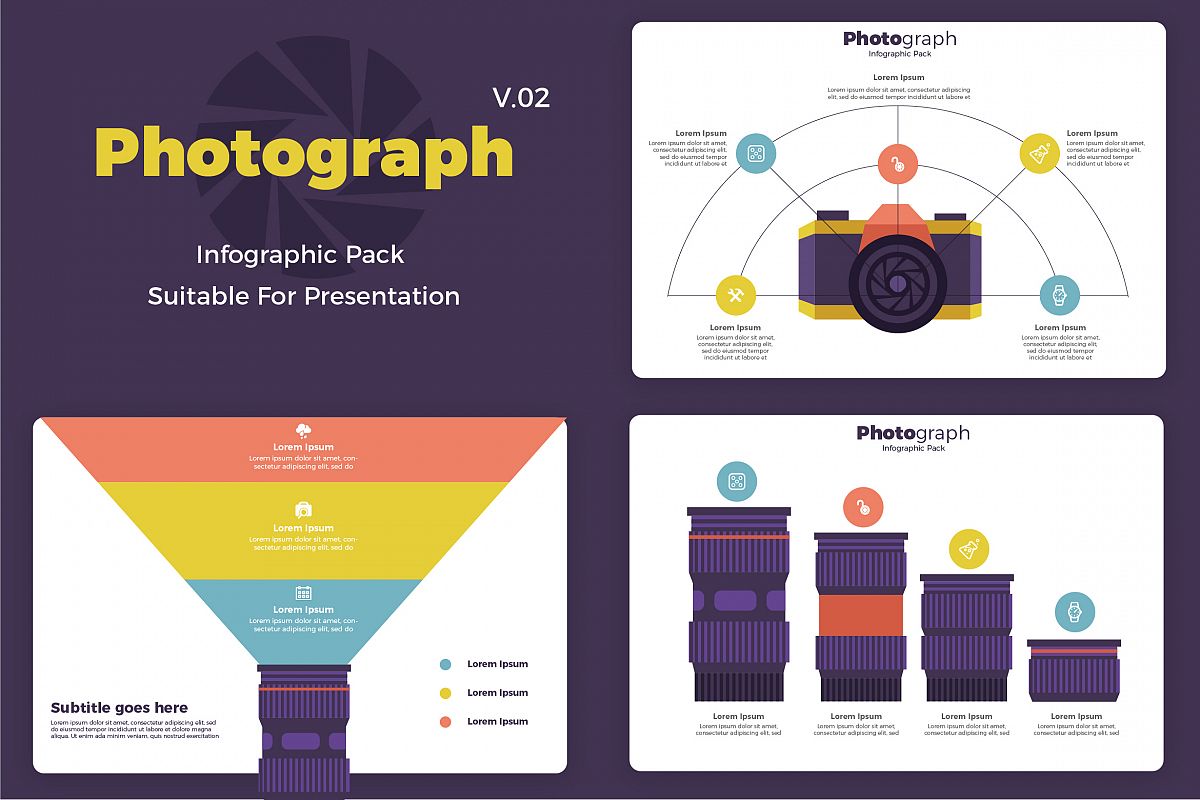What Every Digital Photographer Must Understand About Lights
What Every Digital Photographer Must Understand About Lights
Blog Article
Author-Gillespie Isaksen
As a photographer, you understand that lighting can make or damage your photos. Recognizing the subtleties of both all-natural and man-made light is vital for catching the mood and clearness you aim for in your job. Whether you're chasing the ideal gold hour glow or fine-tuning your artificial setups, understanding these elements can elevate your digital photography substantially. However there are common mistakes that several forget, and identifying them can change your strategy to every shoot. Allow's discover what you may be missing and just how it can influence your results.
Comprehending Natural Light
Understanding natural light is crucial for any type of photographer aiming to boost their work. It's the foundation of wonderful digital photography, affecting mood, tone, and clarity. When you shoot outdoors, take notice of the time of day. The gold hour-- shortly after sunrise and prior to sunset-- supplies soft, warm light that can change common scenes into sensational pictures.
Do not undervalue visit the following web site of overcast days. Cloud cover diffuses sunshine, creating a soft, even light that's perfect for portraits and macro digital photography. You'll locate colors pop in this sort of lighting without extreme shadows.
https://squareblogs.net/huong58fae/checking-out-the-globe-through-the-lens-traveling-photography-essentials , too. Constantly consider your topic's positioning to the source of light. If the sun's behind your subject, you might end up with a silhouette, which can be dramatic but mightn't be what you want. On the other hand, direct sunshine can produce unflattering darkness.
Explore angles; occasionally, altering your viewpoint can yield amazing outcomes. Use all-natural reflectors, like water or sand, to jump light onto your topic, including dimension.
Learning Artificial Light
Understanding man-made light is vital for photographers who want to take their abilities to the next level. Whether you're making use of speedlights, studio strobes, or continual lights, recognizing exactly how to adjust these sources can considerably enhance your photos.
Start by acquainting yourself with the essentials of light top quality, instructions, and color temperature level. Try out https://www.liveinternet.ru/users/clarke_hogan/post509037119 like softboxes, umbrellas, or grids to regulate the soft qualities or violence of the light.
You'll locate that soft light often develops flattering outcomes, while harsher light can include dramatization and depth. Don't avoid darkness; they can improve the three-dimensionality of your topics.
Pay very close attention to the placement of your lights. A light located also near to your subject can produce uncomplimentary outcomes, while as well far away can result in a lack of information. Utilize Modern Portraits or your electronic camera's histogram to ensure you're revealing properly.
Lastly, remember that fabricated light can be combined with ambient light for creative impacts. Balancing these resources may take technique, once you master it, your digital photography will truly radiate.
Methods for Various Situations
When you step into different shooting scenarios, adapting your illumination strategies is critical for capturing the most effective images. For outdoor portraits, make use of the golden hour-- morning or late afternoon light-- to soften shadows and enhance complexion.
If it's a severe noontime sunlight, consider making use of a reflector to bounce light back onto your subject or look for shaded locations for a more also direct exposure.
In low-light scenarios, like indoor occasions, boost your ISO and make use of a large aperture to let in more light. A tripod can help get rid of camera shake, allowing for longer exposures without obscuring.
If you're contending evening, try out off-camera flash to produce vibrant lights and deepness in your pictures.
For product photography, use diffused lighting to prevent rough representations. Softboxes or light outdoors tents can assist accomplish this result.
When photographing landscapes, consider the direction of light and time of day, as it can drastically alter the state of mind of your shot.
Always prepare to readjust your setups and placing based upon the circumstance, as flexibility is essential to grasping illumination in digital photography.
Verdict
To conclude, understanding lighting is key to raising your digital photography skills. Accept all-natural light's appeal throughout golden hour, and don't avoid explore fabricated light techniques. By adapting your technique to different scenarios, you'll catch sensational images that resonate with emotion and clarity. Bear in mind, the ideal illumination can change an ordinary shot into something extraordinary, so keep practicing and fine-tuning your understanding of both natural and artificial light. Pleased capturing!
